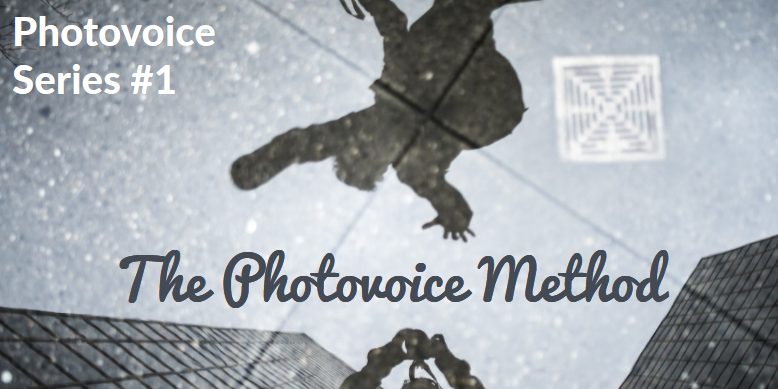
“There’s really no such thing as the ‘voiceless’. There are only the deliberately silenced, or the preferably unheard.”
–Arundhati Roy, 2004 Sydney Peace Prize Winner
This quote from and the featured image source: https://medium.com/knowledgenudge/photovoice-blog-series-96477db68e05
The blog that can be accessed via the link above offers some valuable insight on the use, potential and issues associated with ‘photovoice’ as a research method.
“Photovoice, a participatory research methodology first formally articulated by Caroline Wang and Mary Anne Burris (1997), provides a process by which people can “identify, represent, and enhance their community through a specific photographic technique” (p. 369). The method builds on a history of earlier participatory needs assessment work in healthcare and social health education, on theoretical literature from the fields of feminist theory and documentary photography, and on a number of practical photographic traditions (Wang & Burris, 1997). The method is based around the provision of cameras and associated physical and theoretical infrastructure to individual community members. These individuals are then prompted to capture visual representations of their everyday lives so that researchers working with the community might gain insight into previously invisible practices and assets, helping the community to better engage in critical dialogue around the problems and opportunities it faces.”
http://designresearchtechniques.com/casestudies/photovoice/
Helpful ‘how-to’ information on using the photovoice method in your community is available here:
Open resource guide material can also be found elsewhere online or via the KEYSTONE project team.
